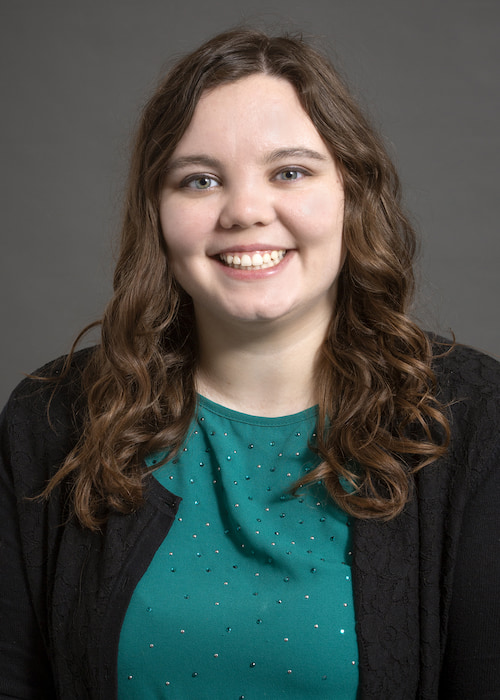
Is it a Tantrum or a Meltdown, and How can I Best Respond?
It’s not just toddlers that have tantrums, even older kids can lose their cool. This happens to Collyns at least once or twice a week.
She has strong feelings that take over her entire body. This happens when she is angry, hurt or frustrated. Sometimes for no reason, sometimes over homework, most of the time when it comes to cleaning up her messes. Usually, I try to ignore the tantrum but that rarely works. Then it’s timeout in her room which makes the tantrum louder and more destructive. So now we are trying something different.
Tantrums Vs. Meltdowns
After doing a little research, I found out that tantrums and meltdowns are different and handling them requires different approaches. They are both overwhelming for her and us as parents. I then reached out to her pediatrician, and she made me realize that learning how to deal with her anger without choosing destructive responses is critical. And understanding the difference between a tantrum and a meltdown helps us properly guide her through these intense times. As parents, our support and guidance matter greatly.
The doctor said that Collyns is most likely having a tantrum. She explained that “tantrums are a normal reaction or outburst to feeling anger or frustration, a cry for attention or an inability to communicate, within a child’s scope of awareness and control, and goal-oriented.”
The reason she said Collyns was having a tantrum and not a meltdown is because meltdowns are most common among children with sensory processing disorders, autism or other medical issues who are easily overstimulated or lack the ability to cope with emotional triggers such as fear or anxiety. Meltdowns are an instinctive survival reaction to being overstimulated or feeling distressed, and are not goal-oriented, meaning they are not affected by a reward system. Meltdowns are long-lasting; and children may never grow out of them like they do tantrums.
The doctor then continued to explain that once the reactive part of her brain has been triggered, the reasoning part of the brain is temporarily ‘offline’. So, explaining or rationalizing with her doesn’t work – the conflict is just likely to escalate. Which it does 99% of the time! So, in short, we have been dealing with her tantrums all wrong.
Learning to Deal With Tantrums
Being alone when she’s very upset doesn’t teach her what she needs to learn either. So, instead of sending her off into her room to calm down when she starts to lose it, we now stay with her and try to just restore a sense of safety. We found that if she feels safe, she can have a big cry, show you all those tears and fears she’s been stuffing down, and let them go. That helps her be more emotionally regulated in general. When having a tantrum, she needs to borrow my strength and calm. I remind myself to keep breathing, not to take anything she says or does personally, and of how much I love her.
Collyns is most certainly over-reacting. She stores up her feelings and waits for a safe place to discharge them and releases. She has a big “backpack” of pent-up emotion that needs to be released; she reacts to provocations that seem slight to me by having big meltdowns. So, while I may not see the reason for such a big reaction, I now see it as a chance to help her work through some feelings that she hasn’t been able to manage.
So now when she loses it, I try to stay calm, comfort her, and realize it’s the perfect time to turn a tantrum into a learning experience.

Mallory Connelly
Babies & Toddlers
In addition to the time I devote to being a mom, I also work full-time outside the home, which means my day is hardly ever as simple as nine to five. With an all-too-established schedule, as soon as I walk through the door, my day doesn’t end, but rather just begins. It’s a balancing act, especially with two children, but being a mom is one full-time job that I never want to quit!























